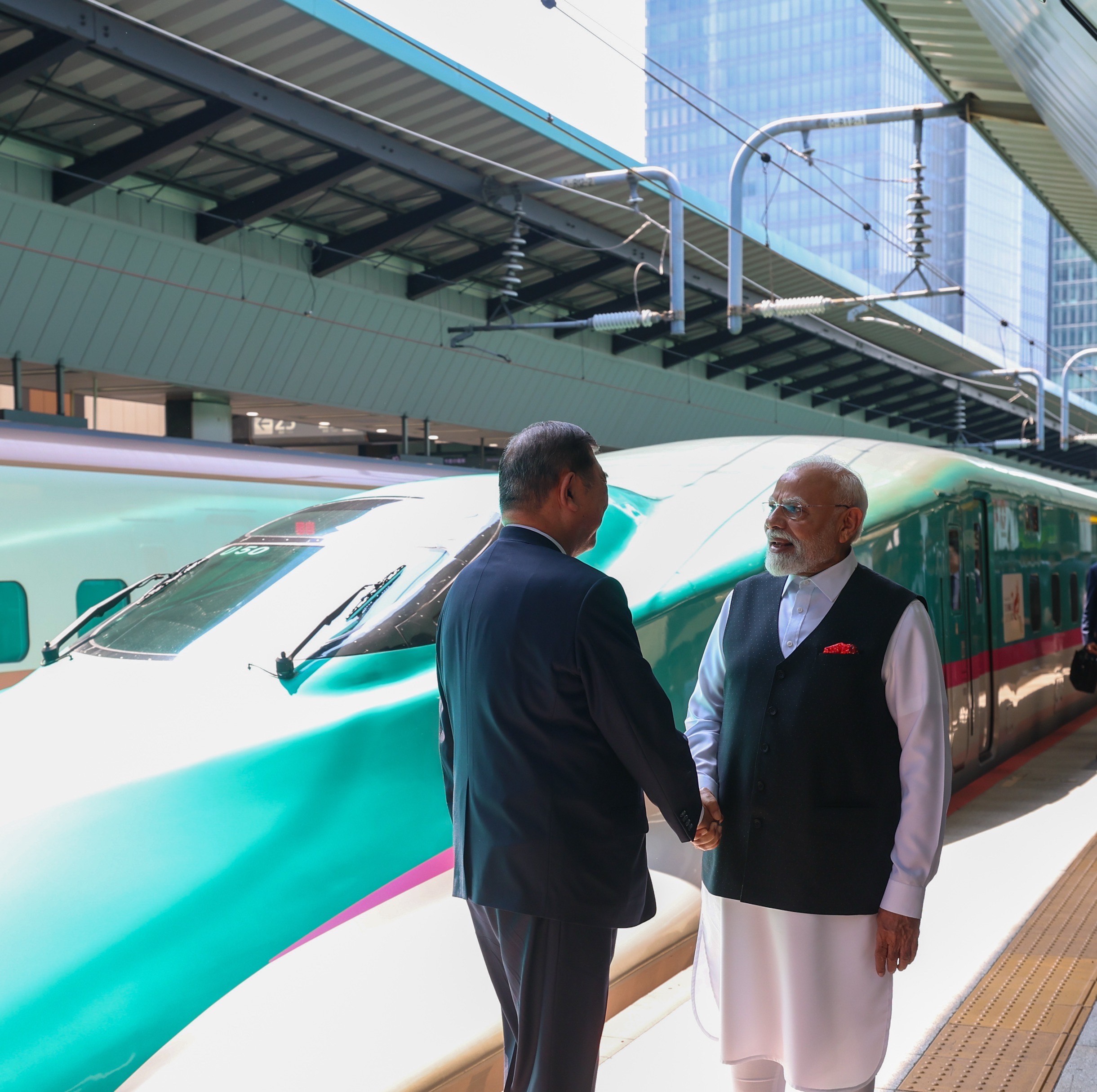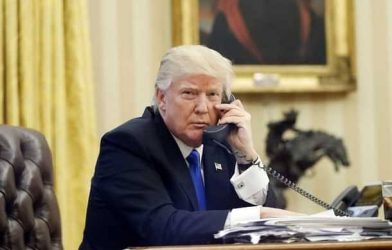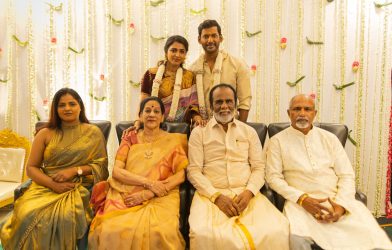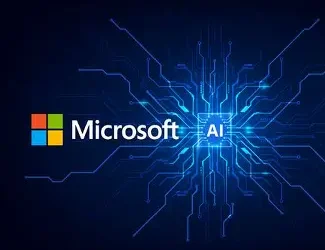Tokyo, August 30, 2025 – In a landmark moment for India-Japan relations, Prime Minister Narendra Modi and Japanese Prime Minister Shigeru Ishiba embarked on a high-speed Shinkansen bullet train journey from Tokyo to Sendai during the 15th India-Japan Annual Summit. This symbolic ride highlighted the deepening collaboration between the two nations in high-speed rail, cutting-edge technologies, semiconductors, defense, artificial intelligence (AI), green energy, and economic ties. Held on August 29-30, 2025, Modi’s visit reinforced the Special Strategic and Global Partnership, aligning India’s rise with Japan’s technological leadership amid shifting regional dynamics.
Shinkansen Journey: A Symbol of Progress
On August 30, 2025, Modi and Ishiba boarded Japan’s iconic Shinkansen for a journey to Sendai, showcasing Japan’s high-speed rail expertise and India’s ambition to modernize its infrastructure. Aboard the train, Modi received insights into the ALFA-X Shinkansen, Japan’s next-generation train capable of speeds up to 400 km/h, from the chairman of East Japan Railway Company (JR East). This advanced E10 Shinkansen model is set to be introduced in India’s Mumbai-Ahmedabad High-Speed Rail (MAHSR) project by 2030, marking a leap from earlier plans to use the E5 model.
Modi engaged with Indian locomotive pilots training at JR East, a key step in building capacity for the MAHSR corridor. This 508-km project, connecting Mumbai and Ahmedabad, aims to cut travel time to just over two hours by 2028. Ishiba shared the moment on X, posting, “Riding to Sendai with PM Modi, strengthening our bond on the Shinkansen.” The post, with images of the leaders, captured the shared vision driving this partnership.
High-Speed Rail: Transforming India’s Connectivity
The Mumbai-Ahmedabad corridor, a flagship India-Japan project, is backed by a Japanese soft loan covering 80% of its ₹1.65 lakh crore cost (potentially rising to ₹2 lakh crore). Japan will donate two Shinkansen trains (E5 and E3 models) by 2026, with the E10 model planned for simultaneous rollout in both nations by 2030. Discussions during the summit explored expanding India’s bullet train network to other cities, with manufacturing in India to support domestic needs and potential exports. This collaboration positions India as a high-speed rail hub for the Global South, blending Japanese technology with Indian innovation.
Economic Powerhouse: ₹10 Trillion Investment
The summit spotlighted robust economic ties, with Japan announcing a ₹10 trillion ($68 billion) investment plan in India over the next decade. This follows the early achievement of a previous ¥5 trillion target in 2025. Modi, addressing the India-Japan Economic Forum in Tokyo on August 29, described India as a land where “capital multiplies, not just grows.” He highlighted Japan’s $40 billion investment in India, including $13 billion in the last two years, and pitched India as a gateway to the Global South. The 2024 JBIC Survey ranked India as the top destination for Japanese investment, with 58.7% vote share.
The leaders signed 11 agreements, including the “India-Japan Joint Vision for the Next Decade,” outlining eight focus areas: security, defense, clean energy, technology, and space. These agreements aim to strengthen supply chains and economic security in critical sectors like semiconductors and AI.
Technology and Innovation: Semiconductors and Space
Modi and Ishiba visited the Tokyo Electron Factory in Sendai, a hub for semiconductor manufacturing, signaling a push for collaboration in this critical sector. They also toured a wafer fabrication plant operated by Powerchip Semiconductor Manufacturing Corporation (PSMC) with Japanese partners, aligning Japan’s chipmaking expertise with India’s tech talent. In space, ISRO and JAXA advanced the Lunar Polar Exploration Mission (LUPEX), tied to India’s Chandrayaan-5 program, opening avenues for startups to leverage Japanese technology.
Defense and Strategic Alignment
Against the backdrop of regional challenges, including China’s influence and global trade shifts, Modi and Ishiba upgraded the 2008 Joint Declaration on Security Cooperation. New agreements focused on naval ship maintenance and technology transfers between India’s DRDO and Japan’s ATLA. The Quad framework (India, Japan, U.S., Australia) was reaffirmed as a pillar of Indo-Pacific stability, aligning India’s Act East Policy with Japan’s Free and Open Indo-Pacific vision.
Cultural Bonds and Diaspora Engagement
The visit celebrated centuries-old India-Japan cultural ties, rooted in Buddhism’s spread since the 6th century. Modi met the Indian diaspora in Tokyo, praising their role in blending Indian heritage with Japanese society. With over 54,000 Indians in Japan and 665 educational linkages, people-to-people ties are thriving. The India Pavilion at Expo 2025 in Osaka and the 2025-26 “India-Japan Year of Science, Technology and Innovation Exchanges” will further deepen these connections.
A Vision for the Future
Modi’s eighth visit to Japan, and his first standalone trip in nearly seven years, marked a pivotal moment for bilateral ties. The Shinkansen ride and agreements in rail, technology, and defense reflect a shared commitment to innovation and resilience. As Modi left for the SCO Summit in China, the visit underscored India’s strategic balancing act—leveraging Japan’s technological prowess while engaging with global powers.
The Modi-Ishiba partnership, symbolized by their bullet train journey, sets a high-speed trajectory for India-Japan collaboration, blending tradition and technology to shape a secure and prosperous Indo-Pacific. As Modi noted, “Japan’s technology and India’s talent are a powerful combination for the future.”
This article is published for www.bharattone.com, celebrating the dynamic India-Japan partnership.










